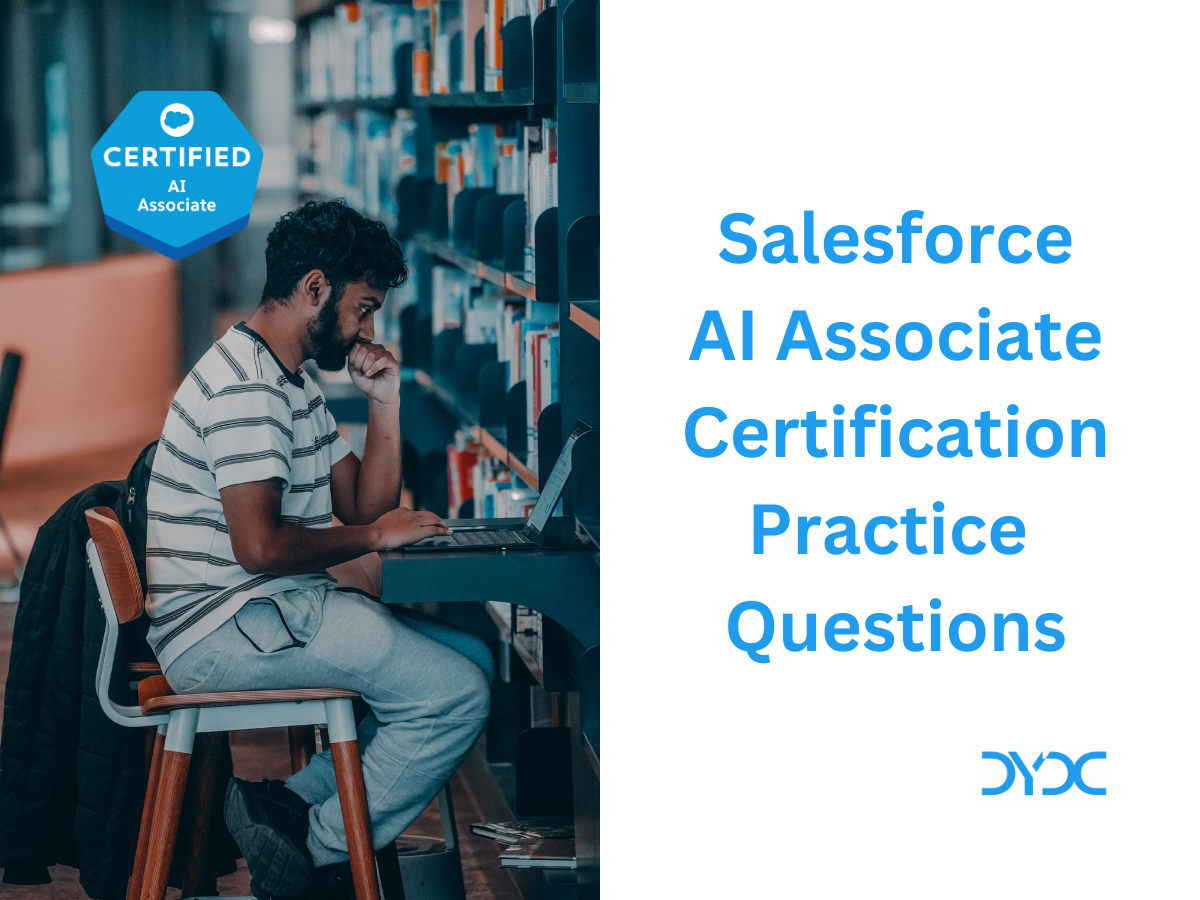MuleSoft Certified Developer – Level 1 (Mule 4) Exam Guide.
MuleSoft Certified Developer – Level 1 (Mule 4) Exam validates that a developer has the required knowledge and skills to design, build, test and debug, deploy, and manage basic APIs and integrations: moving from Anypoint Platform to Anypoint Studio and back.
1. About the MuleSoft Certified Developer Exam
- Content: 60 multiple-choice/multiple-select questions
- Time allotted to complete the exam: 120 minutes
- Passing score: 70% (42 out of 60 Questions)
- Registration fee: USD 250 (includes one free retake)
- Retake fee: USD 125 (does not include any free retake)
- Prerequisite: None
- Validity: The certification expires two years from the date you pass the exam
2. MuleSoft Certified Developer Exam Course
Anypoint Platform Development: Fundamentals (Mule 4) online training is available on MuleSoft Training Portal.
3. Important Topics for the MuleSoft Certified Developer Exam
3.1 Application Networks and API-led Connectivity
- Explain what an application network is and its benefits
- Describe how to build an application network using API-led connectivity
- Explain what web services and APIs are
- Explore API directories and portals
- Make calls to secure and unsecured APIs
3.2 Anypoint Platform
- Identify all the components of Anypoint Platform
- Describe the role of each component in building application networks
- Navigate Anypoint Platform
- Locate APIs and other assets needed to build integrations and APIs in Anypoint Exchange
- Build basic integrations to connect systems using Flow Designer
3.3 Designing APIs
- Define APIs with RAML, the Restful API Modeling Language
- Mock APIs to test their design before they are built
- Make APIs discoverable by adding them to Anypoint Exchange
- Create API portals for developers to learn how to use APIs
3.4 Building APIs
- Use Anypoint Studio to create flows graphically
- Build, run, and test Mule applications
- Use a connector to connect to databases
- Use the graphical DataWeave editor to transform data
- Create RESTful interfaces for applications from a RAML file
- Connect API interfaces to API implementations
- Synchronize changes to API specifications between Anypoint Studio and Anypoint Platform
3.5 Deploying and Managing APIs
- Describe the options for deploying Mule applications
- Deploy Mule applications to CloudHub
- Use API Manager to create and deploy API proxies to CloudHub
- Restrict access to API proxies
3.6 Accessing and modifying Mule events
- Log event data
- Debug Mule applications
- Read and write event properties
- Write expressions with the DataWeave expression language
- Create variables
3.7 Structuring Mule Applications
- Create applications composed of multiple flows and subflows
- Pass messages between flows using asynchronous queues
- Encapsulate global elements in separate configuration files
- Specify application properties in a separate properties file and use them in the application
- Describe the purpose of each file and folder in a Mule project
- Define and manage application metadata
3.8 Consuming Web Services
- Consume web services that have a connector in Anypoint Exchange
- Consume RESTful web services
- Consume SOAP web services
- Pass parameters to SOAP web services using the Transform Message component
- Transform data from multiple services to a canonical format
3.9 Controlling Event Flow
- Multicast events
- Route events based on conditions
- Validate events
3.10 Handling Errors
- Handle messaging errors at the application, flow, and processor level
- Handle different types of errors, including custom errors
- Use different error scopes to either handle an error and continue execution of the parent flow or propagate an error to the parent flow
- Set the success and error response settings for an HTTP Listener
- Set reconnection strategies for system errors
3.11 Writing DataWeave Transformations
- Write DataWeave expressions for basic XML, JSON, and Java transformations
- Write DataWeave transformations for complex data structures with repeated elements
- Define and use global and local variables and functions
- Use DataWeave functions
- Coerce and format strings, numbers, and dates
- Define and use custom data types
- Call Mule flows from DataWeave expressions
- Store DataWeave scripts in external files
3.12 Triggering Flows
- Read and write files
- Trigger flows when files are added, created, or updated
- Trigger flows when new records are added to a database table
- Schedule flows to run at a certain time or frequency
- Persist and share data in flows using the Object Store
- Publish and consume JMS messages
3.13 Processing Records
- Process items in a collection using the For Each scope
- Process records using the Batch Job scope
- Use filtering and aggregation in a batch step



